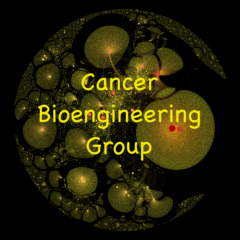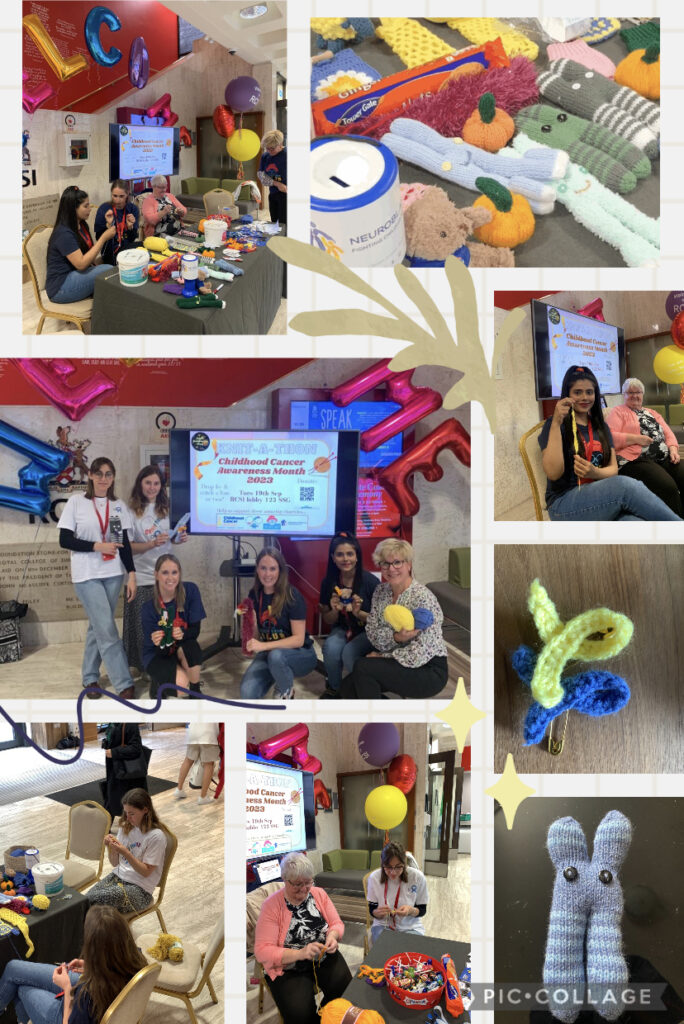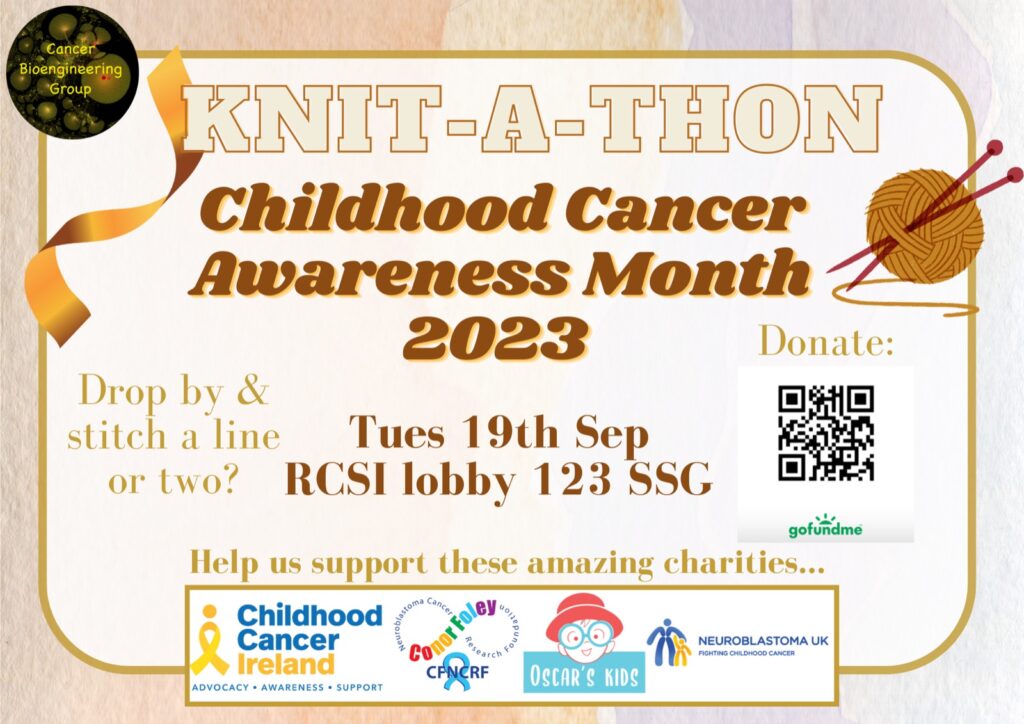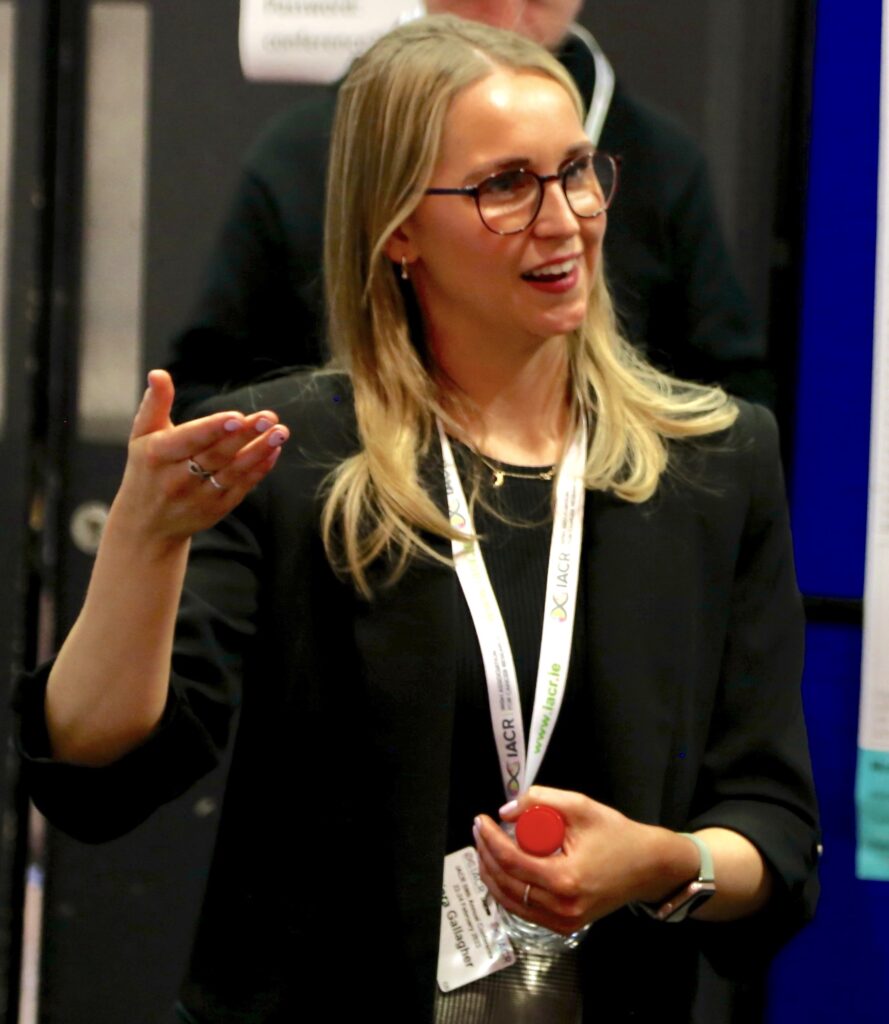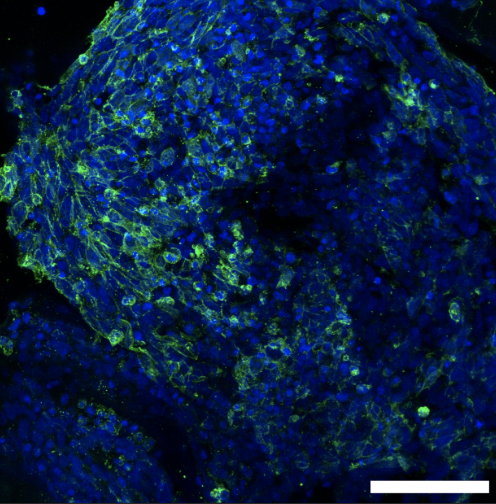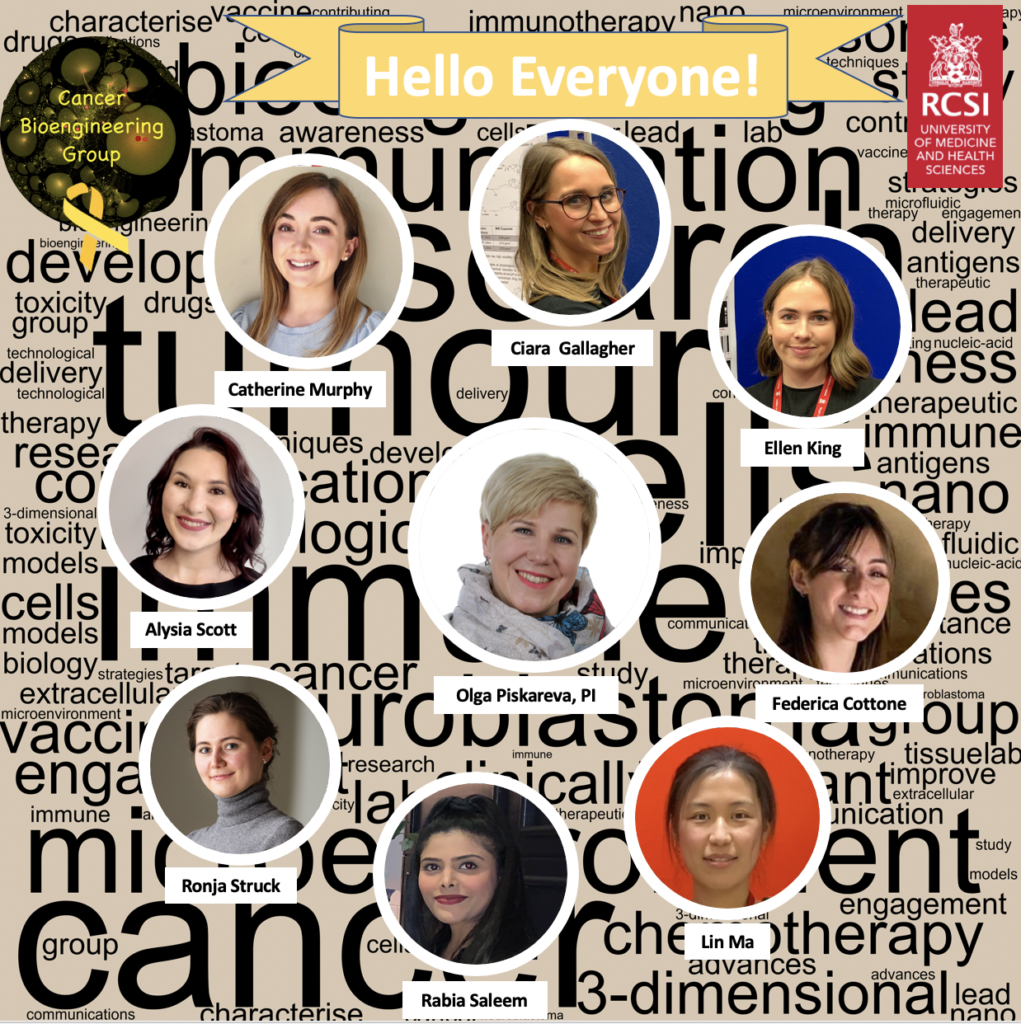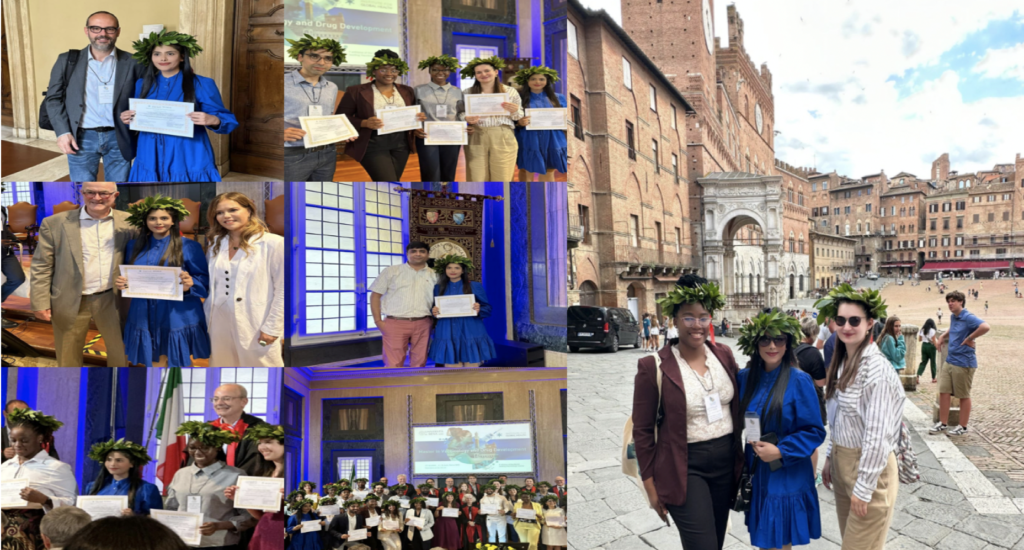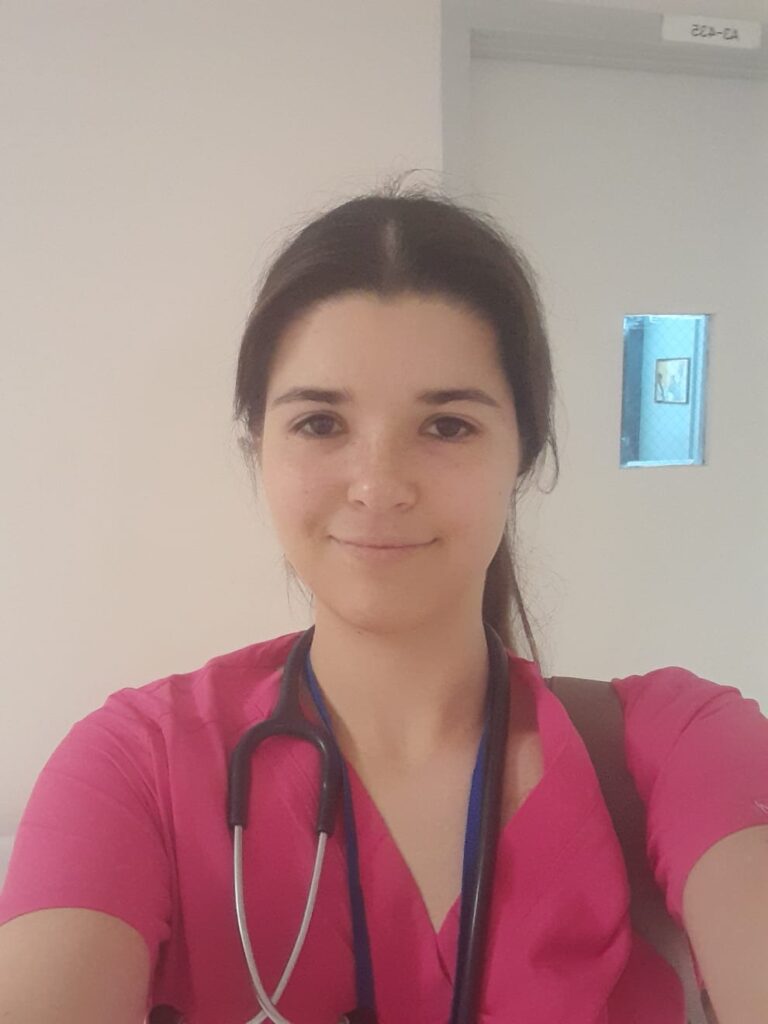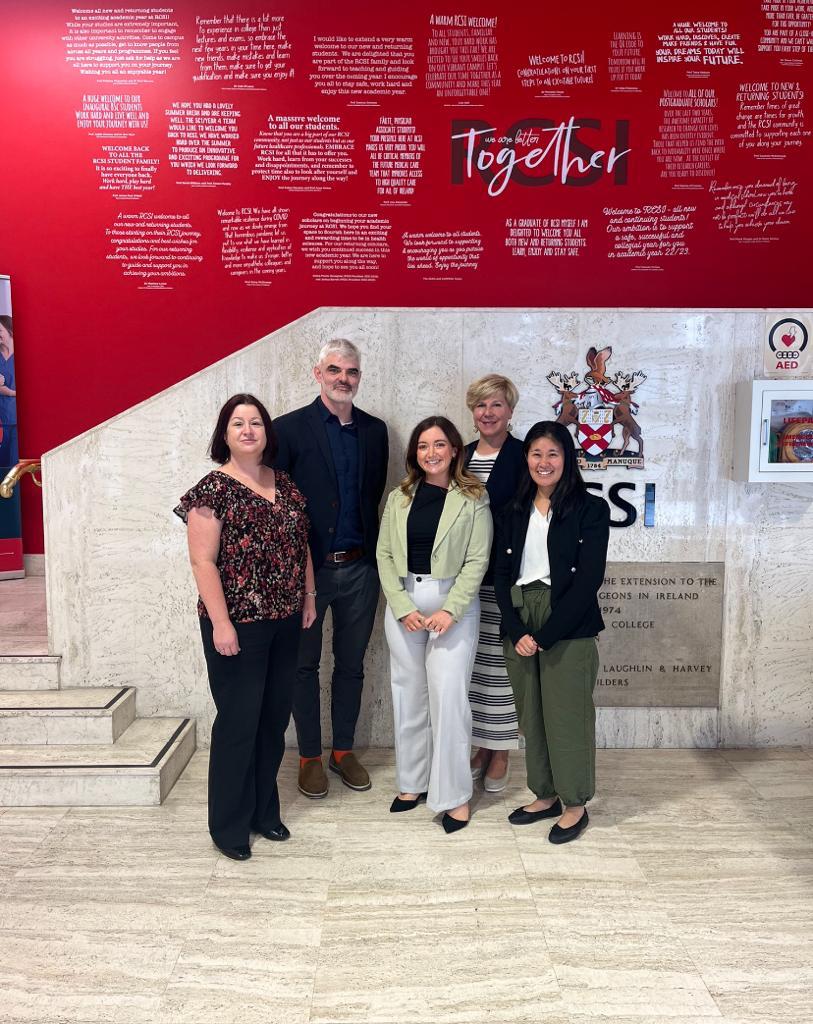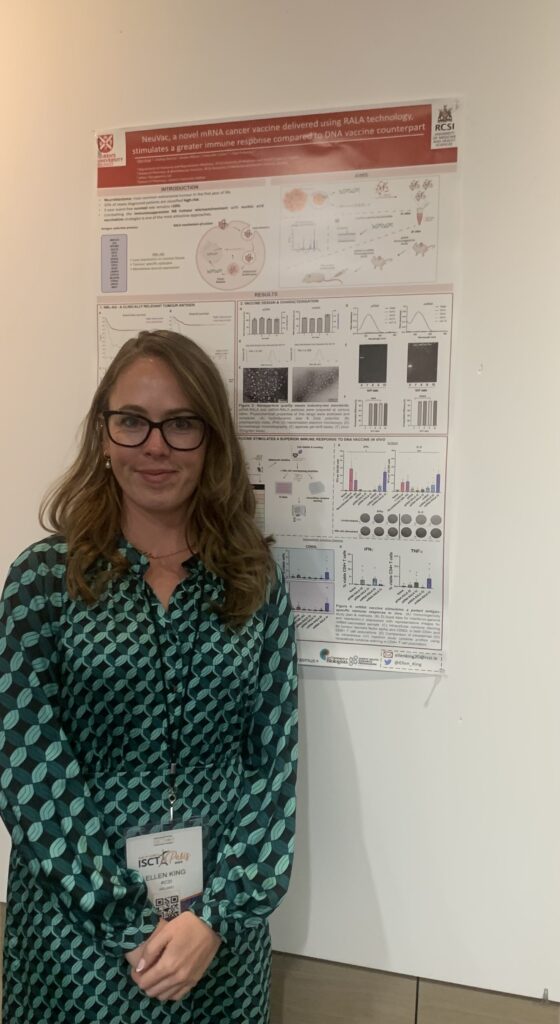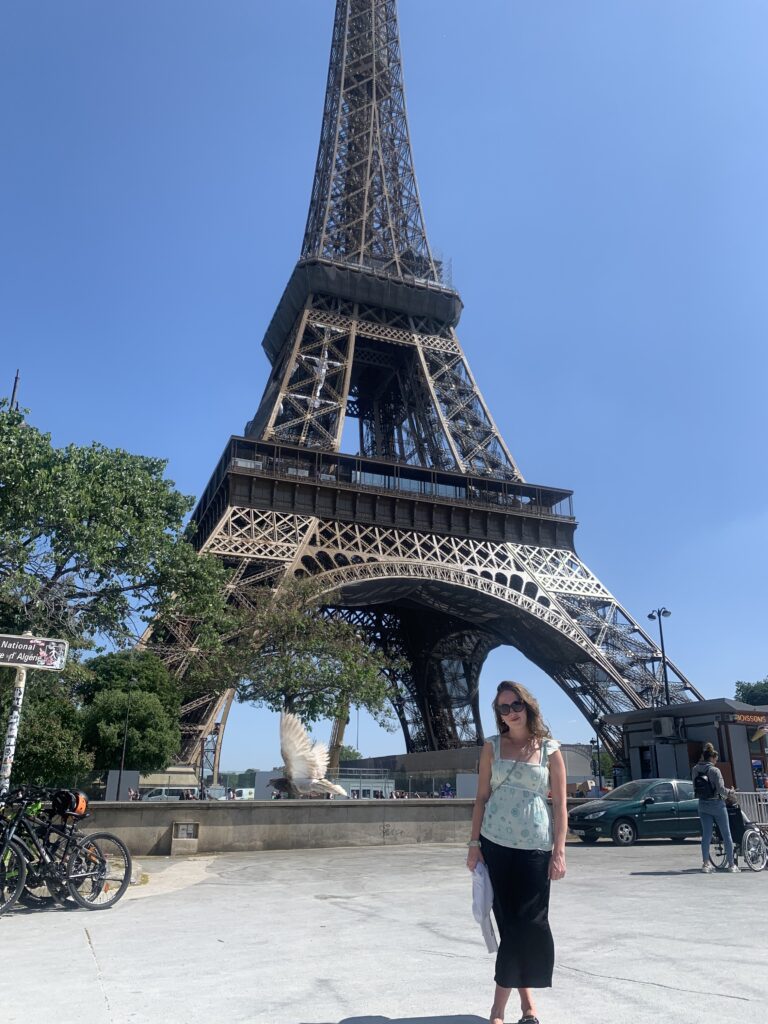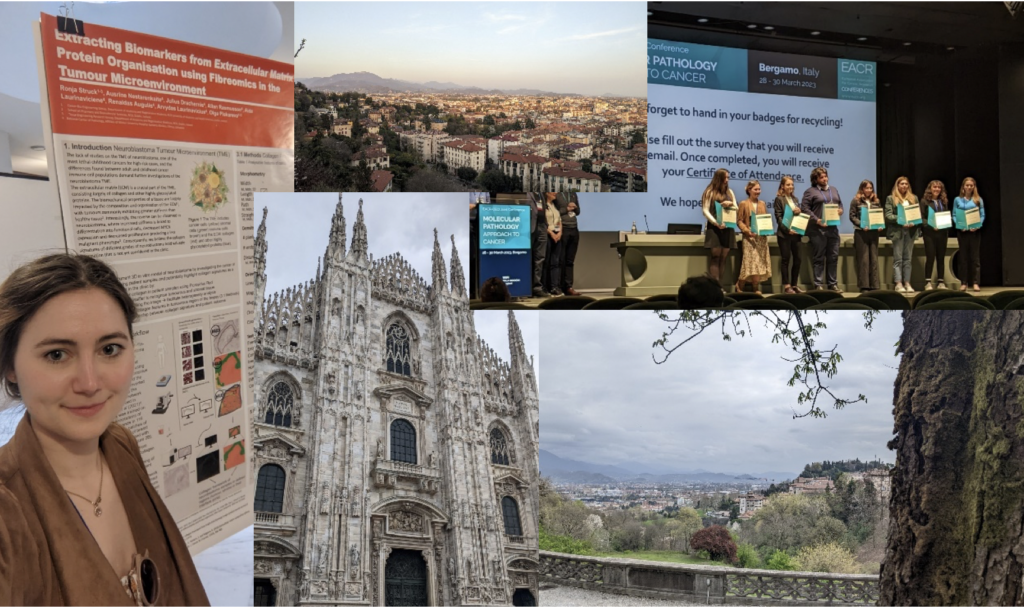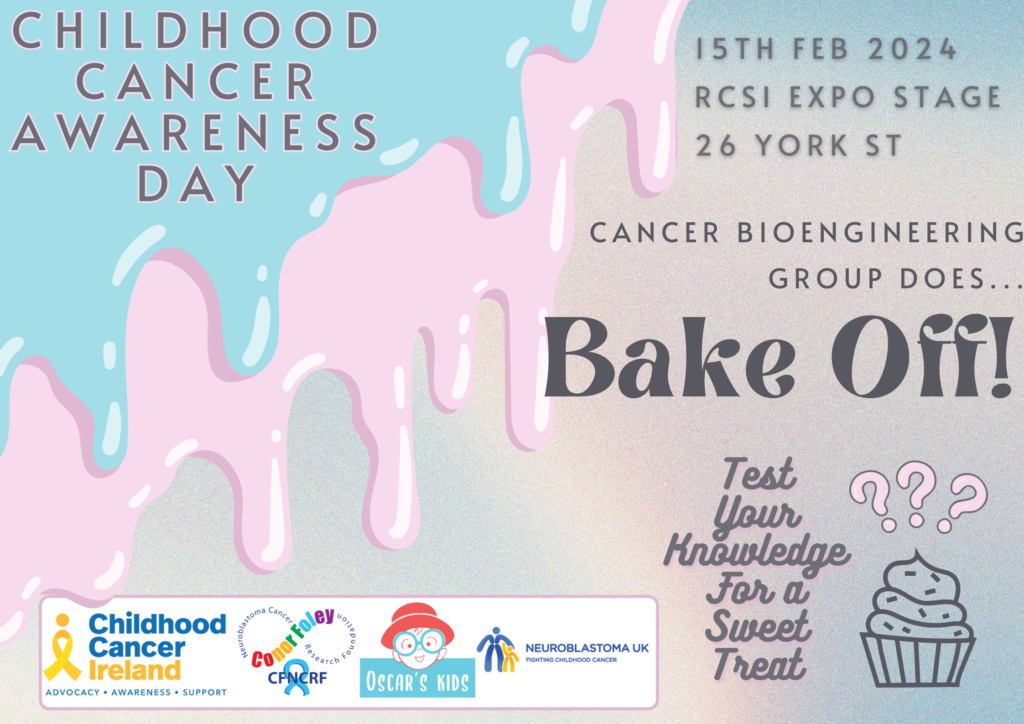
We are celebrating #ICCD2024 with a Bake Sale and a Quiz. To earn a piece of cake, you have to answer a question correctly! Have a look at some:
- Which civilisation first described cancer?
- Where did the word cancer come from?
- Do children get cancer?
- What is the most common type of cancer in children?
- Can the Human Papillomavirus (HPV) vaccine prevent cancer?
- Can neuroblastoma begin to develop before birth?
- What is the name of the nerve cell in which neuroblastoma begins to grow?
- Can a child have a genetic predisposition to neuroblastoma?
- What % stands for the incidence of neuroblastoma: 8 or 15?
- What % stands for the neuroblastoma-related deaths: 8 or 15?
- Does neuroblastoma first appear in the brain?
- What does the letter N stand for in the gene MYCN?
- How often does childhood cancer occur compared to adults?
- How often does hereditary cancer happen in general?
- Do you think that children are small adults when we talk about anticancer treatment?
